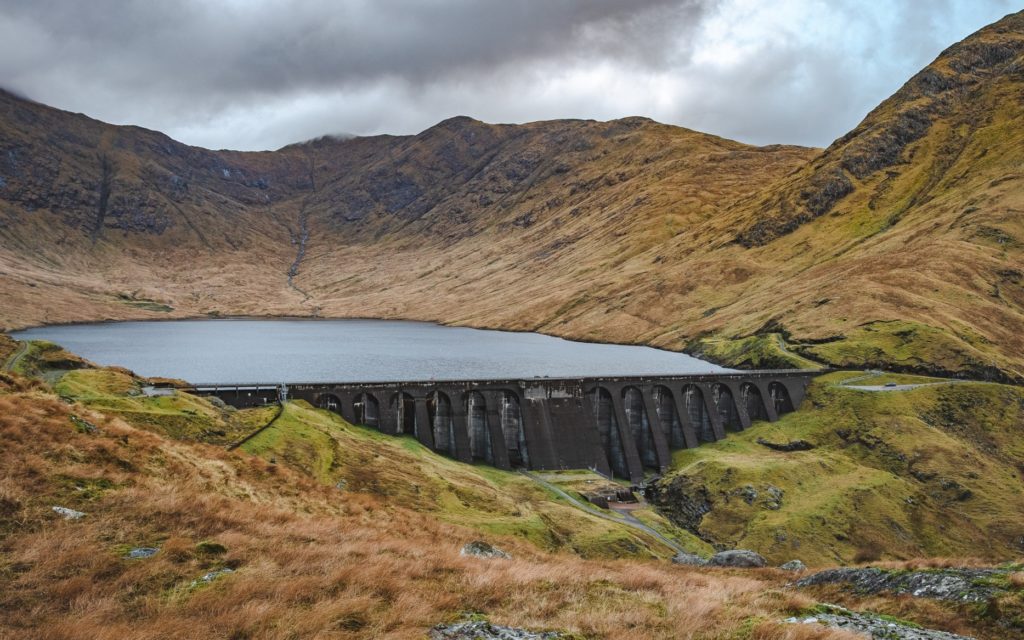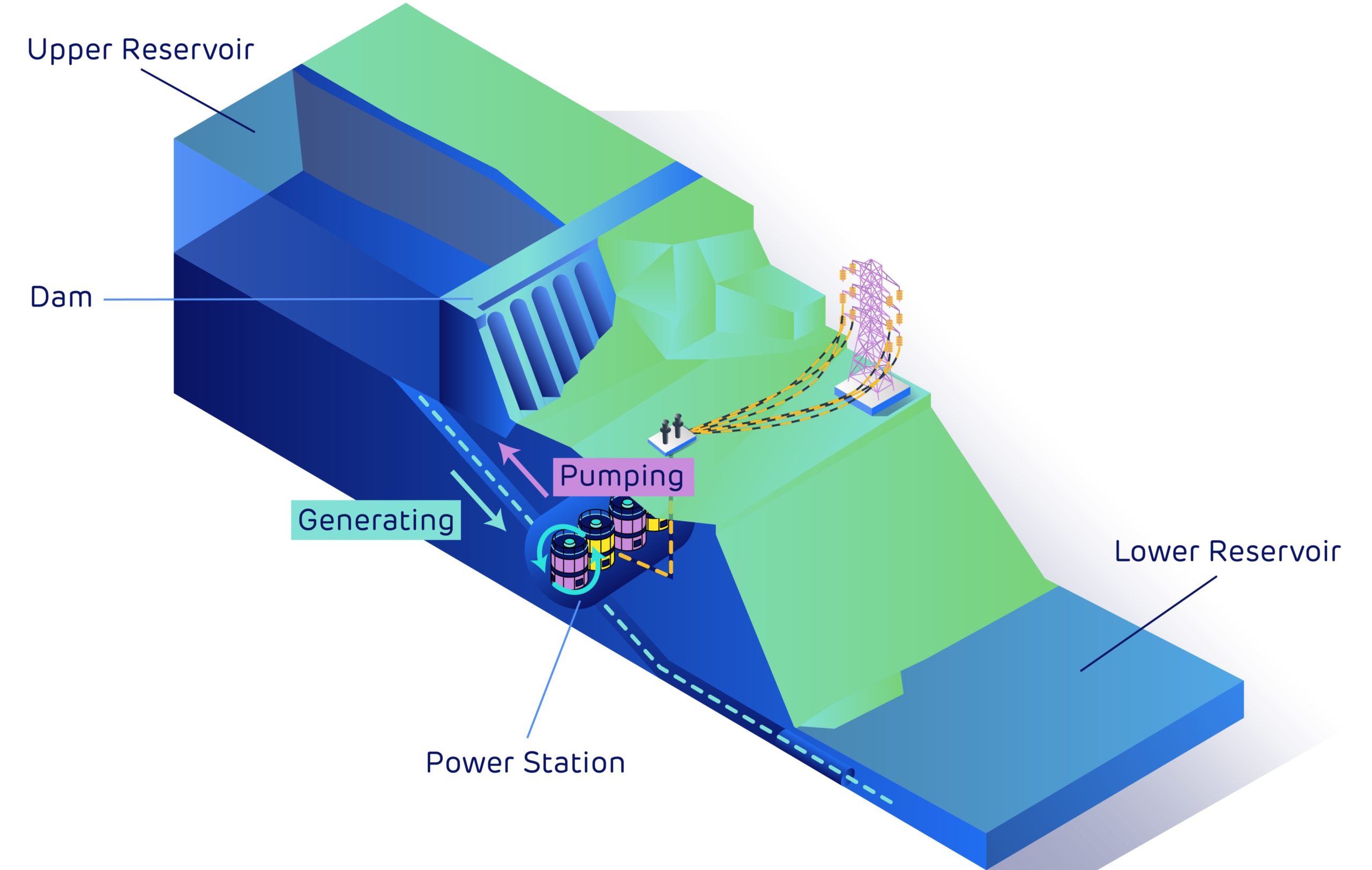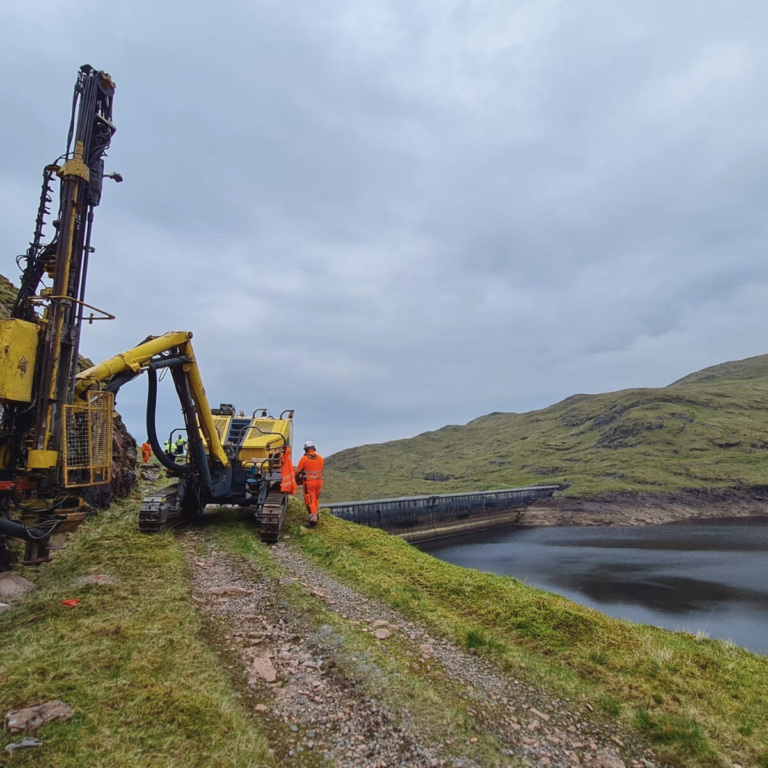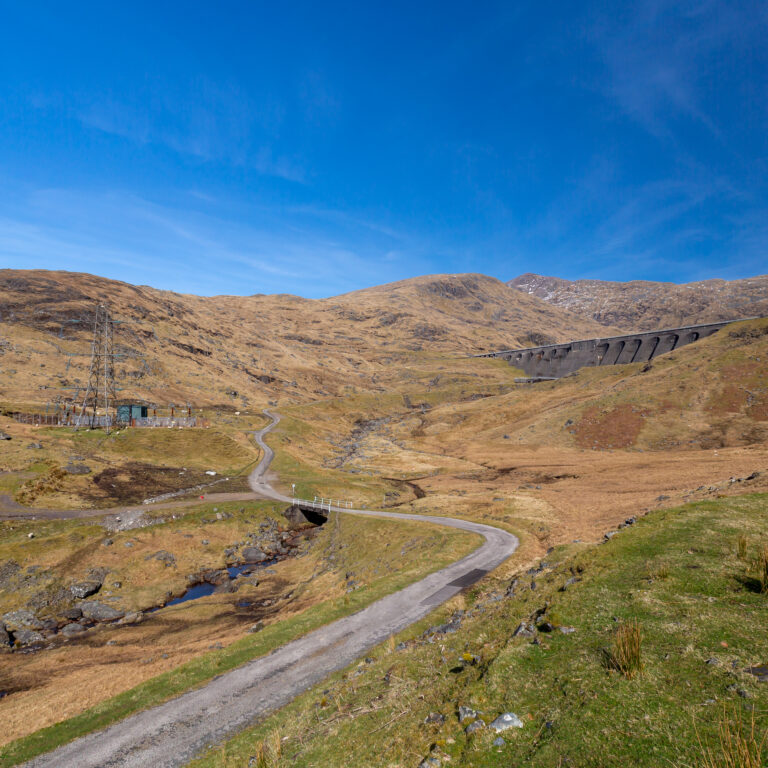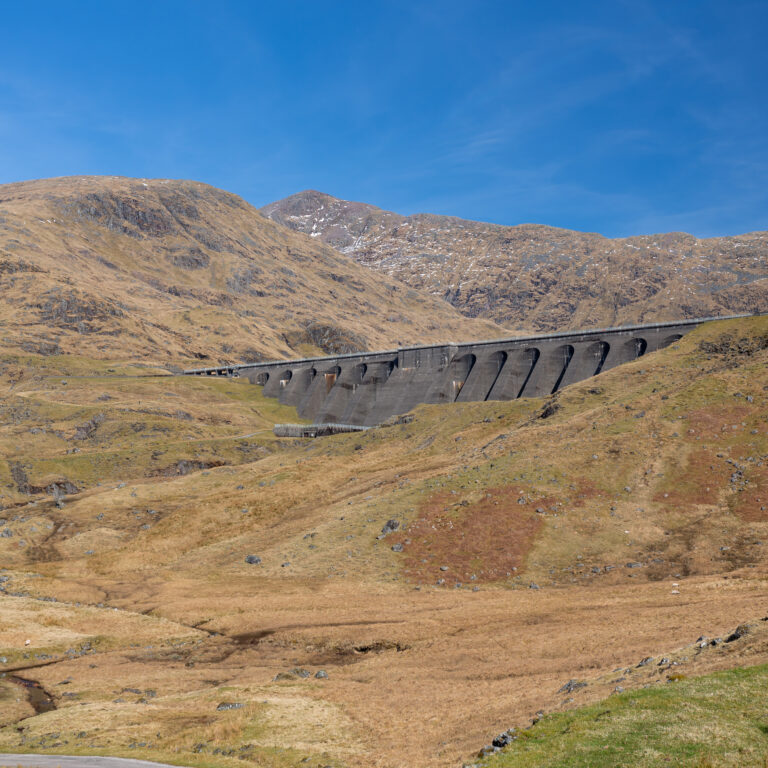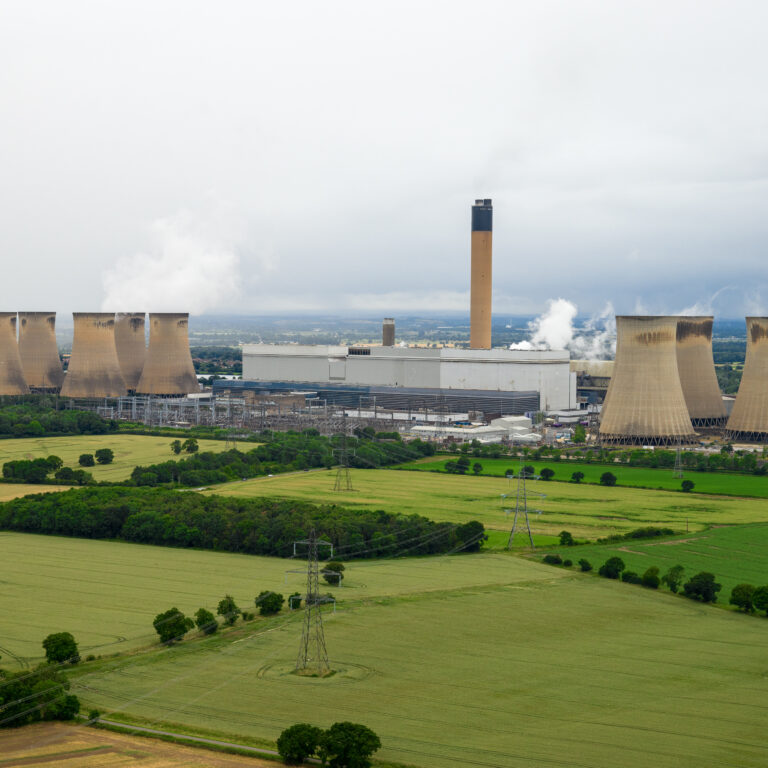- Plans submitted by renewable energy company Drax to expand Cruachan Power Station in Scotland will support UK energy security, reduce energy costs, and cut carbon emissions by enabling more renewable power to be used by homes and businesses.
- The new power station could be operational as soon as 2030 with construction work getting underway in 2024, removing around 2 million tonnes of rock from inside Ben Cruachan and creating hundreds of jobs across Scotland.
The development – which could be the first newly constructed plant of its kind in the UK in more than 40 years – will provide critical storage capacity to strengthen the UK’s energy security and enable net zero. It will be a major infrastructure project which will support around 900 jobs during six years of construction across the supply chain in a range of industries from quarrying and engineering, to transport and hospitality. Around 150 on-site local construction jobs will be created during the development.
The up to 600MW power station will be located inside Ben Cruachan – Argyll’s highest mountain – and increase the site’s total capacity to 1.04GW. The plant will be housed within a new, hollowed-out cavern which would be large enough to fit Big Ben on its side. Around two million tonnes of rock will be excavated to create the cavern, tunnels, and other parts of the power station.
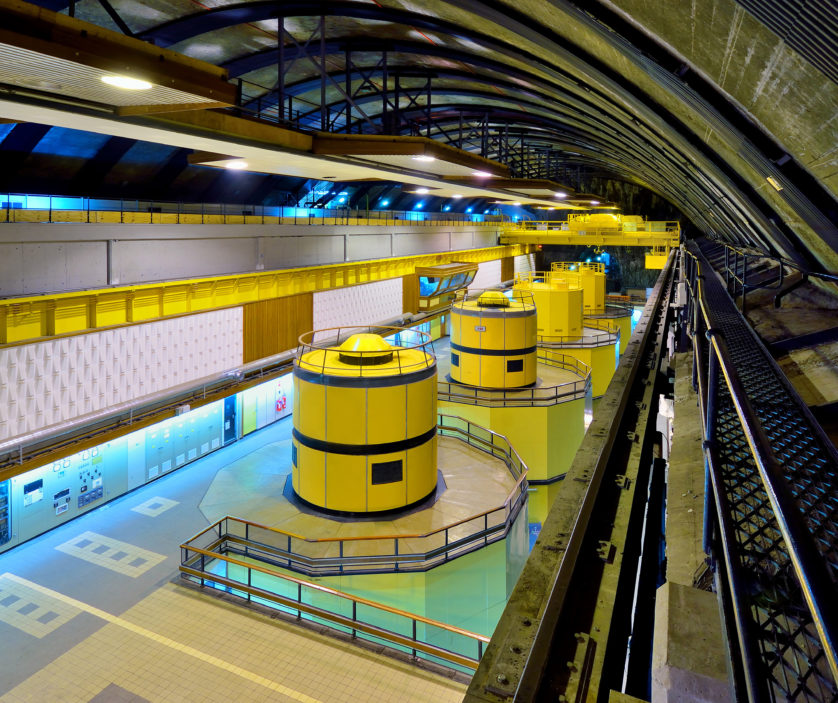
The Hollow Mountain – Cruachan’s generating units are housed inside the mountain.
The new plant could be operational in 2030, providing critical stability services to the power system by acting like a giant water battery. It will use reversible turbines to pump water from Loch Awe to the upper reservoir on the mountainside to store excess power from wind farms and other low carbon technologies when supply outstrips demand and then use this stored water to generate renewable power when it is needed.
A new generation of pumped storage hydro plants can play a major role in reducing emissions and significantly cutting the UK’s reliance on imported gas through their storage and flexibility services.
Wind farms are routinely paid to turn off when supply outstrips demand or there is insufficient capacity on the National Grid Transmission System due to a lack of energy storage creating local bottlenecks. In 2020, enough wind power to supply around a million homes went to waste because of this.
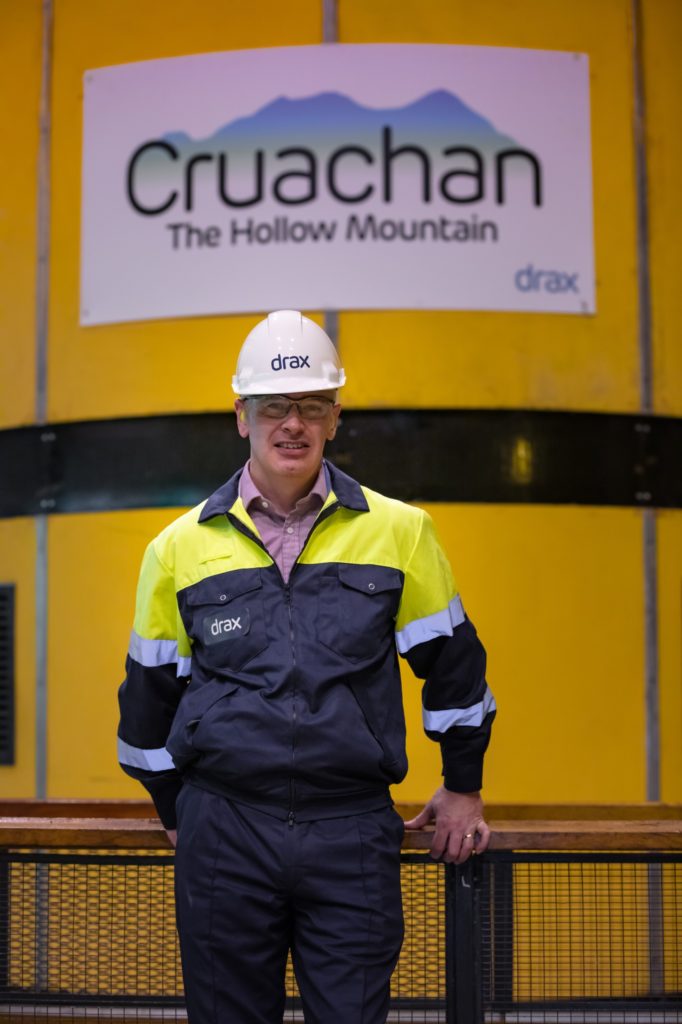
Ian Kinnaird, Drax’s Scottish Assets Director, standing in-front of a generating unit in the existing Cruachan cavern.
Ian Kinnaird, Drax’s Scottish Assets Director, said:
“Drax’s plan to expand Cruachan will strengthen the UK’s energy security by enabling more homegrown renewable electricity to come online to power homes and businesses across the country, helping to end our reliance on imports and cut costs. This major infrastructure project will support hundreds of jobs and provide a real boost to the Scottish economy. Only by investing in long-duration storage technologies can the UK reach its full renewable potential, and Drax is ready to move mountains to do just that.”
Claire Mack, Scottish Renewables Chief Executive, said:
“Pumped storage hydro is a critical technology needed to meet net zero. Over the last decade we have managed to develop the technologies to decarbonise the power system such as wind and solar, but what we really need now is greater flexibility to fully optimise those technologies. That’s why the success of long-duration storage projects such as Cruachan 2 is absolutely vital to Scotland and the whole of the UK.”
Drax’s plans to expand Cruachan has also won support from former Australian prime minister Malcolm Turnbull. During his time in office, Mr Turnbull announced the construction of Snowy Hydro 2.0 – the biggest pumped hydro scheme in the southern hemisphere. He is now a board member of the International Hydropower Association and Co-Chair of the International Forum on Pumped Storage Hydropower.
Commenting on Drax’s exciting expansion plans, Mr Turnbull said:
“Within the climate crisis the world is facing an ignored crisis – how to ensure that we do not fall back on fossil fuels when the wind isn’t blowing, and the sun isn’t shining. We need green energy security solutions, and Drax’s plans to expand Cruachan will enable the UK to enhance its energy security and enable more renewable power to come online.”
In order to deploy this critical technology, Drax must secure consent under Section 36 of the Electricity Act 1989 from the Scottish Government – a process which will take around one year to complete from the application’s submission.
Alongside a successful Section 36 application, the project will also require an updated policy and market support mechanism from the UK Government. The existing lack of a framework for long-duration electricity storage and flexibility technologies means that private investment cannot currently be secured in new pumped storage hydro projects, with no new plants built anywhere in the UK since 1984 despite their critical role in decarbonisation.
ENDSMedia contacts:
Ben Wicks
Media Manager (BECCS and Customers)
E: ben.wicks@drax.com
T: 07761 525 662
Editor’s Notes
- With Section 36 consent from the Scottish Government, and an updated revenue stabilisation mechanism from the UK Government, work to build the new pumped storage hydro power station could get underway in 2024, with it becoming operational, supplying flexible power to the grid, in 2030.
- No investment decision has yet been taken and development remains subject to the right regulatory framework with the UK government.
- Long-duration electricity storage can be defined as technologies that are able to respond to supply and demand variations caused by daily peaks, weather events and seasonal patterns, providing power for more than four hours at their full capacity.
- The UK government’s 2021 Smart Systems and Flexibility Plan recognised long-duration storage as “…essential for achieving net zero”.
- The government held a call for evidence to hear the industry’s views on de-risking investment at the end of 2021 and aims to evaluate options and respond this year.
- A recent report by Aurora showed that the UK may need an eight-fold increase in long-duration electricity storage capacity by 2035.
- The last pumped storage hydro plants to be built in the UK was Dinorwig in 1984, none have followed since the privatisation of the electricity markets.
- Despite their vital role in enabling more renewable power to come online, no others have been built due to the barriers that exist to securing private investment in projects.
- A number of options exist for reforming the market to incentivise long-duration electricity storage, with a report published in January by KPMG recommending a cap and floor mechanism to be introduced.
- Independent analysis by Lane, Clark and Peacock (LCP) found the UK curtailed 3.6TWh of wind power in 2020, enough renewable electricity to supply around a million homes.
About Drax
Drax Group’s purpose is to enable a zero carbon, lower cost energy future and in 2019 announced a world-leading ambition to be carbon negative by 2030, using Bioenergy with Carbon Capture and Storage (BECCS) technology.
Drax’s around 3,000 employees operate across three principal areas of activity – electricity generation, electricity sales to business customers and compressed wood pellet production and supply to third parties. For more information visit www.drax.com
Power generation:
Drax owns and operates a portfolio of renewable electricity generation assets in England and Scotland. The assets include the UK’s largest power station, based at Selby, North Yorkshire, which supplies five percent of the country’s electricity needs.
Having converted Drax Power Station to use sustainable biomass instead of coal it has become the UK’s biggest renewable power generator and the largest decarbonisation project in Europe. It is also where Drax is piloting the groundbreaking negative emissions technology BECCS within its CCUS (Carbon Capture Utilisation and Storage) Incubation Area.
Its pumped storage, hydro and energy from waste assets in Scotland include Cruachan Power Station – a flexible pumped storage facility within the hollowed-out mountain Ben Cruachan.
The Group also aims to build on its BECCS innovation at Drax Power Station with a target to deliver 4Mt of negative CO2 emissions each year from new-build BECCS outside of the UK by 2030 and is currently developing models for North American and European markets.
Pellet production and supply:
The Group has 17 operational pellet plants and developments with nameplate capacity of 4.6Mt, which will increase to c.5Mt once developments are complete.
Drax is targeting 8Mt of production capacity by 2030, which will require the development of over 3Mt of new biomass pellet production capacity. The pellets are produced using materials sourced from sustainably managed working forests and are supplied to third party customers in Europe and Asia for the generation of renewable power.
Drax’s pellet mills supply around 30% of the biomass used at its own power station in North Yorkshire, England to generate flexible, renewable power for the UK’s homes and businesses.
Customers:
Drax is the largest supplier of renewable electricity to UK businesses, supplying 100% renewable electricity as standard to more than 370,000 sites through Drax and Opus Energy.
It offers a range of energy-related services including energy optimisation, as well as electric vehicle strategy and management.
To find out more go to the website www.energy.drax.com








